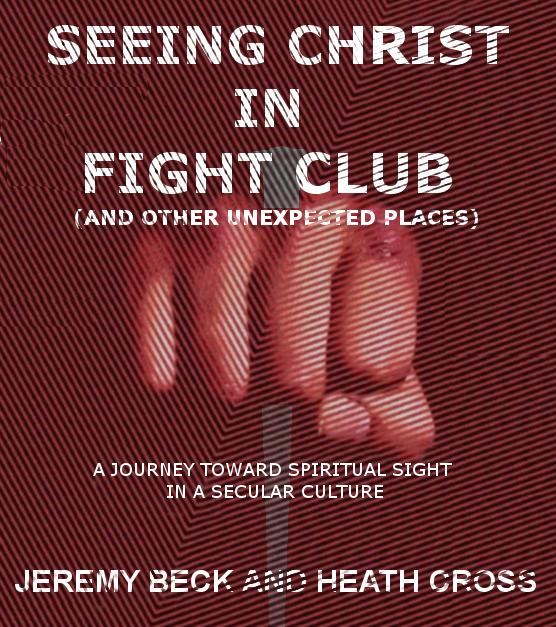Over the weekend I listened to a conversation from Mars Hill Audio featuring Ken Myers and Thomas Howard on C.S. Lewis’ book, Till We Have Faces. You can buy a copy of the recording HERE. As always with Mars Hill Audio products, I was not disappointed. The quality of their interviews and recorded readings is always tremendous and thought provoking. I plug them fairly often because they have been a great source of edification for me over the years.
The conversation on Till We Have Faces mostly focused on the idea of ‘myth’ (versus, say, a novel) and how the myth form allowed Lewis to touch on many issues in the book in ways he might not have been able to deal with them in other forms. Till We Have Faces is a different sort of book than what you might be used to from Lewis. But it is quite profound. It has been months since I last read it, but I have found myself at times still reflecting and finding subtle applications of it as time goes on.
One such application was set forth by Thomas Howard in the conversation. I do not have a transcript so I will paraphrase. Essentially, he makes the point from the relationship of the character ‘the Fox,’ who is a Greek rationalist type, and the Priest of Ungit, who practices a vulgar, bloody religion, that Lewis is forcing us to take a side. Who’s side are you on? The rationalist who despises all superstition (though he may tolerate it since all are not as enlightened as he is) or the blood covered priest who has just slaughtered a cow?
Howard mentions that he will often throw out a hypothetical situation to his students to this effect: an anthropologist takes a group of interested students to observe the religious practices of a primitive tribe from some uncivilized corner of the world. The priest is banging his forehead on the ground and swinging a chicken by the head, breaking its neck, preparing to offer it up as a sacrifice. The anthropologist then begins to explain the actions of the priest: ‘this priest is performing a ritual which he thinks, superstitiously, will placate the anger of his gods. Of course, this priest has no access to modern science. He has very little education. He is merely following the example of his unenlightened ancestors.’
Howard then poses the question to his Christian students: ‘Who’s side are you on – the superstitious priest or the enlightened anthropologist?’
Modern Christians often fall on the side of the anthropologist – this priest is just a savage. He is primitive, unenlightened. But, as Howard points out, we are actually closer to the pagan priest in some respect. At least the heathen knows that there is something greater than himself. At least the heathen knows that he has offended a higher power. At least the heathen knows that blood must be shed in sacrifice. Of course the pagan is lost – but he has the tune right. He only needs to be told, and to believe, that the ultimate blood-sacrifice has already been offered in and by Jesus Christ, the Lamb of God.
The idols of the pagan are obvious because they are graven images upon whose altar sacrifices are offered. The idols of the modern Rationalist are not so obvious, since they aren’t built of wood or stone necessarily, but he offers just as much sacrifice to them – only instead of offering up chickens he offers up his time and money and devotion and energy and affection. What makes the one better than the other? At least the pagan knows that ‘without the shedding of blood there is no remission of sin.’
Now this is a tough one for me. I’m an ardent reader of the Puritans – Reformed scholasticism and all – and it’s tough to imagine that at the deepest level I have more in common with an uneducated priest of a pagan god than with, say, some of our intellectually brilliant, but deist, founding fathers in the United States. But Lewis, says Howard, is forcing us to come to grips with this through the narrative.


